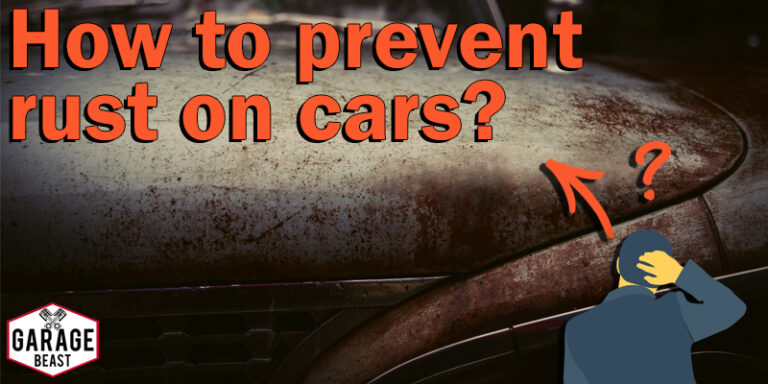What would cause a car to shut off while driving?

If your car has suddenly stopped You might have thought What would cause a car to shut off while driving? because nothing makes your heart race like your automobile abruptly shutting off in the middle of traffic. It is your…





